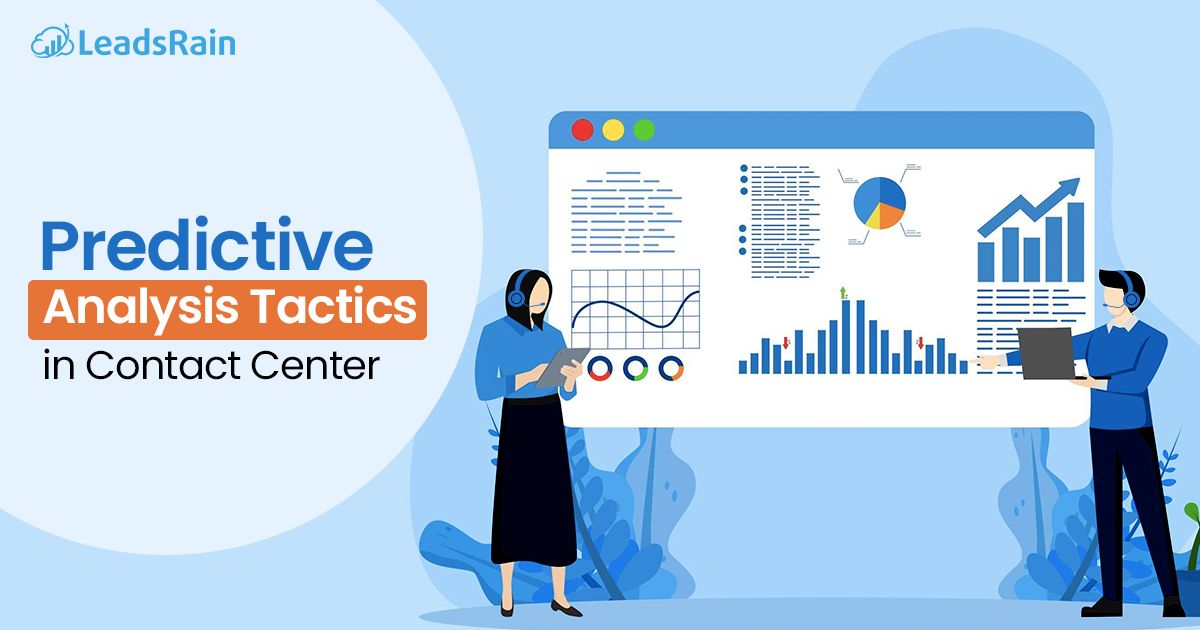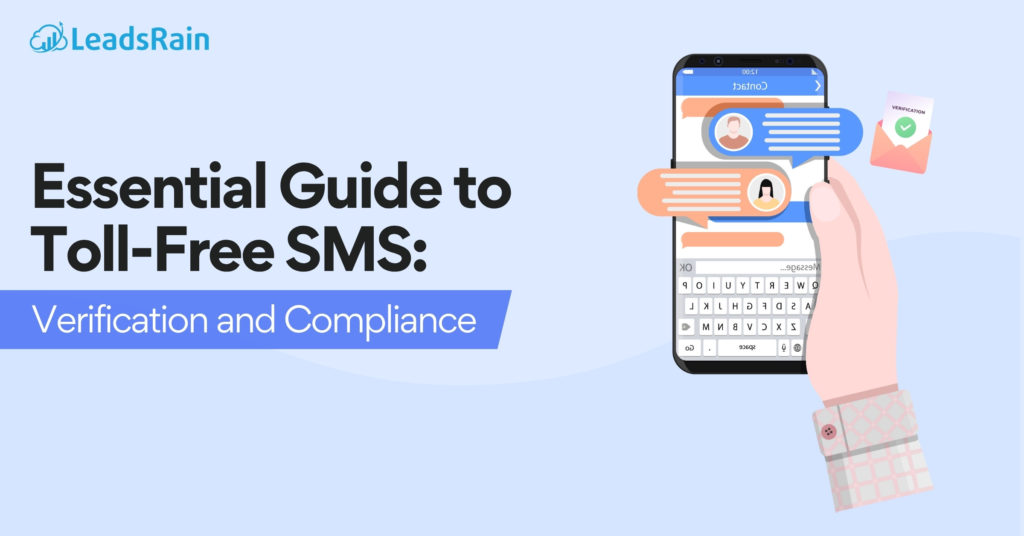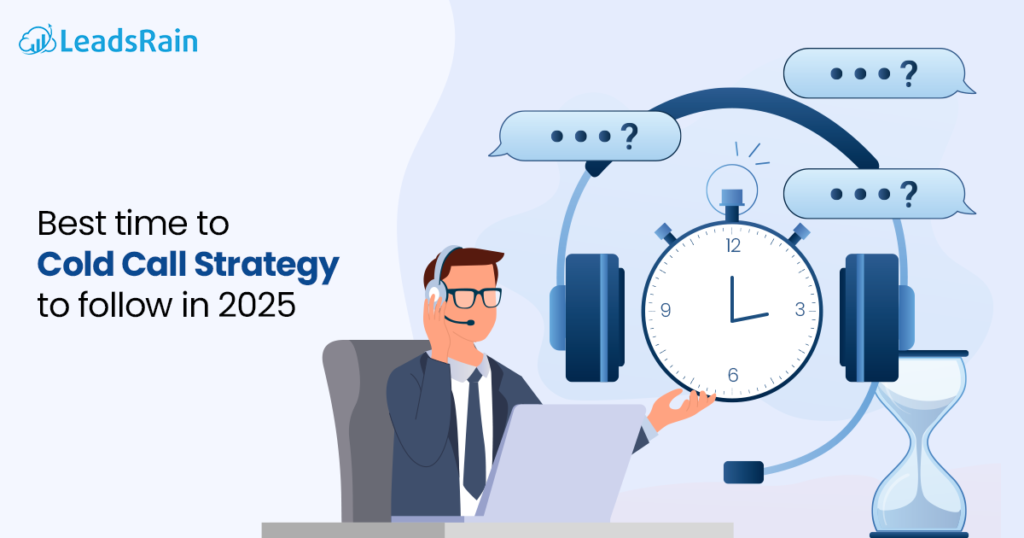I mean, who wouldn’t want to be able to see into the future and know exactly what steps to take to keep their company on the growth stage?
However, the most recent innovations that can assist you in making predictions go beyond that, such as contact center predictive analytics.
Imagine the endless possibilities! Predictive analysis is one of them. You can improve agent productivity, operational efficiency, and quality of service with these predictive insights.
Defining Predictive Analysis in Contact Center
Predictive analytics in a contact center is an advanced type of analytics that makes great use of current and historical data to gain insights into future events. Simply, predictive analysis is all about forecasting future trends and outcomes to upgrade operational efficacy.
Predictive analytics is the method of developing predictions about future outcomes based on historical data by leveraging huge amounts of information, artificial intelligence, sophisticated algorithms, and intuitive machine learning methods.
Predictive analytics makes it achievable to figure out the expected lifetime value of a customer, anticipate future behavior, and detect customers likely to churn.
Why is predictive analytics important?
Using predictive analytics, contact centers could substantially improve organizational transformation and promote productivity. Revenue growth, improved customer retention, and higher customer satisfaction are some key advantages.
Let’s focus on some key aspects of why predictive analytics is important;
- Through predictive analytics, contact centers can anticipate customer desires and resolve problems before they grow more severe.
Almost 73% of customers expect companies to understand their needs and expectations ( a survey by Salesforce)
- Contact centers can provide personalized coaching and support to improve the competence and satisfaction of their employees by forecasting the performance of particular representatives.
- The Aberdeen Group reports that organizations using predictive analytics see a 10% reduction in costs related to staffing inefficiencies.
- Crucial for creating optimal work schedules and reducing burnout, which can lower agent turnover rates.
- Predictive analytics is also essential for better strategic planning and execution as it supports data-driven decisions.
Bain & Company found that companies that use data-driven analytics are 5% more productive and 7% more profitable than their competitors.
Predictive Analysis Tactics in the Contact Center
Contact centers are evolving owing to predictive analytics, which offers deep insights and predictions that raise customer satisfaction and improve performance.
Let’s pick up a few tactics that might be useful for you too!
1. Call Volume Forecasting
Call center forecasting estimates how many inbound calls a contact center will probably get in a specific time frame. Predictive models can properly estimate call volumes when they have access to prior data, seasonal trends, and external factors.
2. Customer Sentiment Analysis
Natural language processing (NLP) is used in customer sentiment analysis to assess customers’ views and emotions about their interactions with the contact center.
They have the authority to examine typical customer behaviors like repeat caller analysis, anticipate or predict customer attrition, and even identify the root causes of customer churn.
3. Shift Scheduling
Based on anticipated call volumes and agent availability, these strategies predict the ideal shift patterns for agents. This guarantees that the proper number of agents with the necessary capabilities are present when needed.
4. Agent Performance Prediction
Using historical data, key performance indicators (KPIs), and interaction analytics, agent performance prediction evaluates and projects the performance of each agent.
5. Routing Prediction
Predictive analytics is used in routing predictions to identify the ideal planning to assign incoming calls to the right agent. This includes specific elements like the customer history, expected issue complexity, and agent proficiency.
6. FCR Prediction
Predictions for first-call resolution indicate the chance that a customer’s problems will be fixed on the first interaction. This aids in the deployment of tactics and resources for the highest FCR rates.
Real Examples of Predictive Analysis
Contact centers in a wide range of businesses are being reinvented by predictive analytics because it offers helpful insights that improve customer service and operational effectiveness.
American Express
A multinational financial services company employs predictive analytics to improve customer service and operational efficiency in its contact centers.
What’s the result they achieved from the fraud detection & customer retention application?
Result
- They decrease fraud losses by identifying and terminating fraudulent transactions before they take place.
- They have identified customers who are likely to leave, allowing them to implement custom campaigns for retention that have considerably decreased turnover.
Netflix
Netflix is an American subscription video-on-demand Internet streaming service that makes use of predictive analytics to enhance customer experience by providing personalized content recommendations.
What’s the result they achieved from applied tactics?
Result
- Personalized recommendations drive about 80% of the content witnessed on Netflix, improving both user satisfaction and engagement.
- Users spend more time on the platform because of the highly relevant content suggestions, which increases total viewing and retention rates.

Conclusion
Conversations between your call center personnel and customers yield a wealth of useful information, such as predictions about customer satisfaction ratings, likelihood of repeat business, and reasons for upcoming contact. Don’t step back to think about implementing predictive analytics! All of this data can help your company identify potential future demands from customers, cutting down pointless calls, and improving their overall experience.




